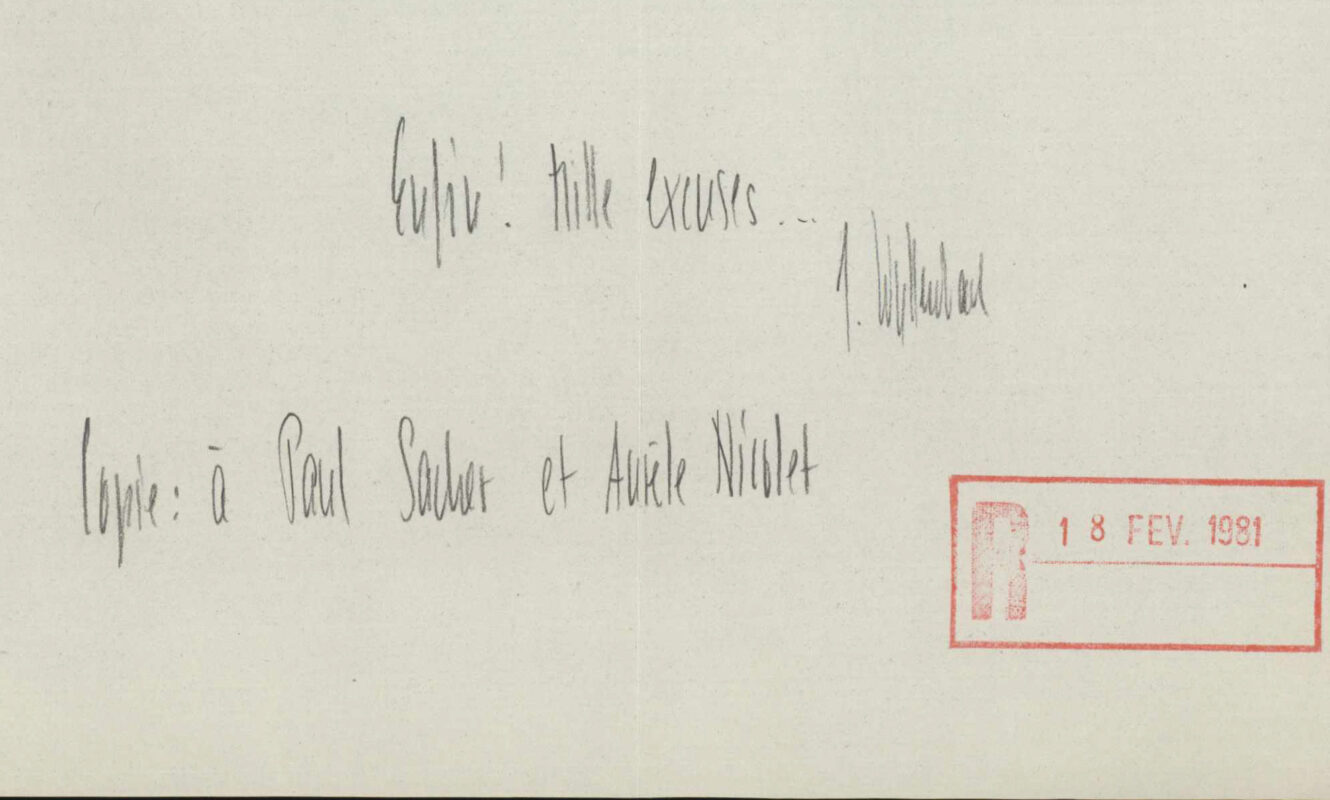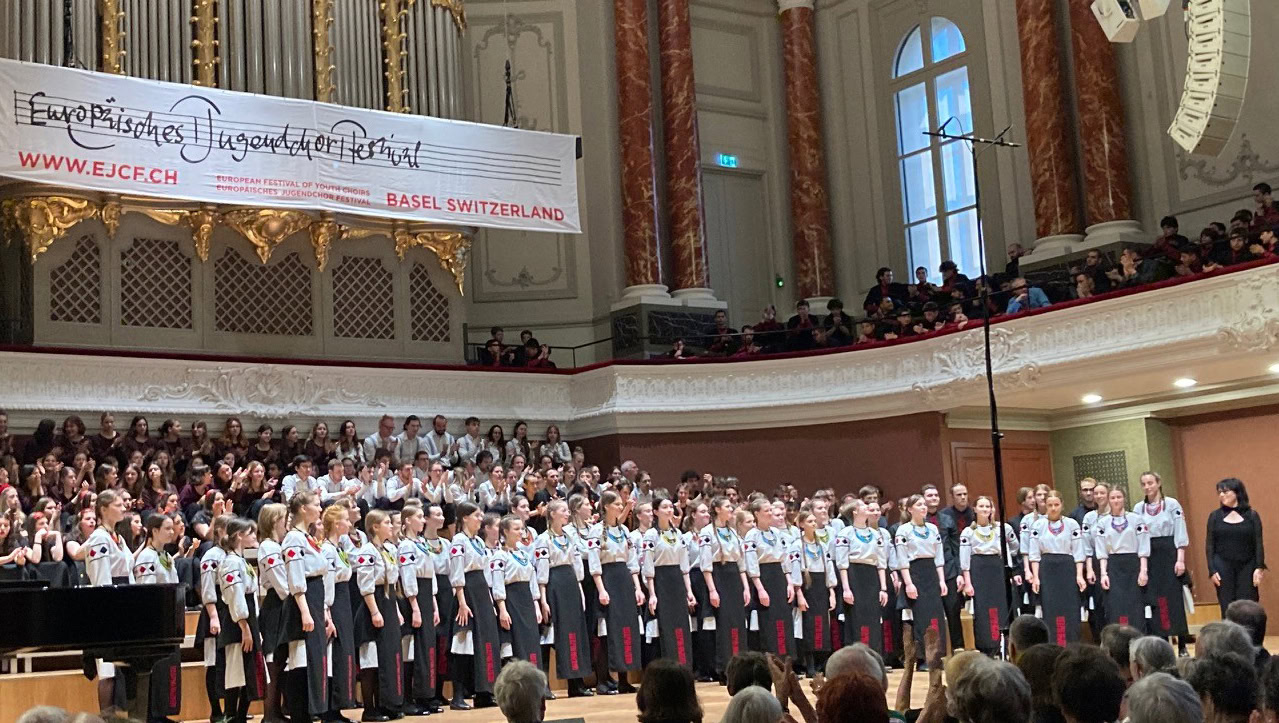Strategic marketing for choirs
Many choirs are struggling with a lack of young talent and falling income. Instead of cutting back on advertising, they should invest in professional marketing, as every additional ticket sold helps to cover costs.
 Many choirs are familiar with the situation: fewer young singers means smaller ensembles with predominantly older members, which lose their appeal for young audiences. The result is more modest concerts with falling ticket sales, fewer regular customers and a declining willingness to sponsor. Paradoxically, savings are then often made in advertising of all things.
Many choirs are familiar with the situation: fewer young singers means smaller ensembles with predominantly older members, which lose their appeal for young audiences. The result is more modest concerts with falling ticket sales, fewer regular customers and a declining willingness to sponsor. Paradoxically, savings are then often made in advertising of all things.
If the results are poor, further cost-cutting measures follow: in the selection of works, the orchestra and the soloists. Audiences, sponsors and the media notice these reductions in quality, which leads to even lower income and less free media coverage. This creates a negative spiral that puts choirs in a weak negotiating position and, in the worst case, can lead to their dissolution.
Successful examples show that it is possible to break this trend even under today's conditions. Instead of focusing on saving money, choirs should fight for surpluses and build up reserves - supported by enthusiastic guests, choir members, soloists, orchestras and the media as well as thunderous applause. These social qualities must be preserved. After all, choral singing and the centuries-old musical tradition of classical and folk music, together with the unadulterated human voice, represent an important alternative to the technically determined world of music.
Attention and relief for the newcomers
Many choirs pay too little attention to recruiting new choir members and a solid regular clientele. Action must be taken before the choir becomes small and outdated and before savings on performances become necessary and visible.
Various strategies can help here. The obligation of all choir members to recruit new singers can be made a moral duty. Younger voices should be offered a special position and special appreciation in order to make the choir a place where young and old can meet - for example through "dialog singing" at the concert. Dividing the choir into two parts with a core section for challenging sequences makes it possible to retain strong voices while at the same time creating space for newcomers.
Advertising for new singers is particularly attractive with popular and frequently sung works such as the Mozart Requiem or even an opera. The joy of singing and the opportunity for self-realization should be addressed. A concrete example shows the effectiveness of this strategy: with the question "Would you like to sing in an opera?", the project Tell In 2018, an eight-part choir of 152 singers was put together - with a corresponding effect in the Tell Arena Interlaken.
New singers can initially join on an ad hoc basis and should be given special attention at their first performance. Weekly rehearsals can be reduced by holding more all-day rehearsals on Saturdays or practicing more at home with the help of modern technology to make participation easier.
Attracting sponsors and becoming a brand yourself
A concert incurs many upfront costs for advertising and organization before the revenue flows in. To reduce this risk, strong advance sales through good advertising are crucial. However, there is often a lack of imagination and a systematic approach here.
Sales by the choir members themselves can be increased in many cases. In addition, sponsors can be persuaded to buy a large number of tickets instead of donating money and pass them on to their customers, employees and shareholders free of charge or at a discount. This promises a better PR effect than an embarrassing logo placed on the advertising material among many others. Such ticket sales in a package already offer a certain degree of financial security.
There is great savings potential in joint performances by two choirs that are not in competition with each other. Both can share the fixed costs up to the main rehearsal. It is also conceivable to hold the same concert at different venues.
Choirs need a clearly recognizable logo as a brand. In this way, advertising is more quickly recognized, correctly identified and evaluated because a solid image is created. To achieve this, the target groups must be known and addressed with the right selection of works and targeted advertising. Regular customers should be cultivated throughout the year.
These marketing principles are underestimated by many choirs. Some have not yet realized that they can develop their concert into an annually recurring brand - as many successful music promoters do. Professional marketing is not a luxury, but a necessity for the survival of the choral tradition.
Detailed impulses for a marketing concept - PDF download (20 pages)
Contents:
0. situation and risks of today's classical amateur choirs in general
1. promotion of young talent
2. finance, sales: risks and opportunities
3. wanted: New approaches to solutions - paths that lead to the goal
4. example from practice: "Olten Summer Night Concert"
5. concert management model
6. goals
7. strategy - (path to the goal)
ANNEX Scheme for budgeting, pricing and post-calculation - a calculation example
The author
Ernst Wüthrich is a marketing expert and sings in numerous choirs. In 2018, he was the initiator and director of the "Opera Tell Interlaken" project with over 300 participants.
Contact: ernest100@bluewin.ch








